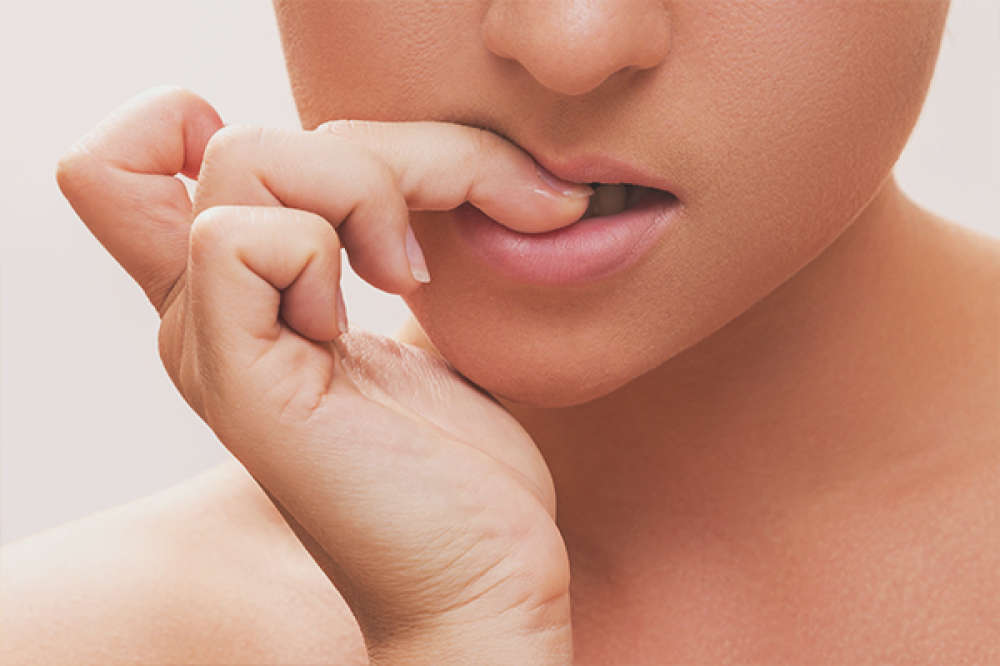The group of mental health disorders included in body-focused repetitive behavior (BFRB) are often poorly understood, underdiagnosed, and undertreated. Research suggests that at least one out of 20 people in the United States may have a BFRB, including trichotillomania (hair-pulling disorder), which alone affects about 10 million people. Other BFRBs include excoriation (skin-picking disorder, formerly known as dermatillomania), onycophagia (nail-biting), dermatophagia (compulsive skin-biting), rhinotillexomania (compulsive nose-picking), and trichophagia (hair-eating). Studies that have looked into BFRBs, especially hair-pulling and excoriation, have increased over the past ten years. While there is no one treatment that is recognized to work for all sufferers, the research indicates that cognitive behavioral therapy (CBT) is probably the most effective for BFRBs.
Effective Treatment Methods
Cognitive behavioral therapy (CBT) is a form of psychotherapy that works to solve problems and change unhelpful thinking and behavior. The core belief is that the way we think affects emotions and behavior, and the behaviors and resulting feedback from the environment either reinforce or refute our thinking. CBT helps people with anxiety and depression change the content of their unhelpful thoughts and maladaptive ways of coping, such as avoidance or addictive behavior.
And within the CBT frame of reference are different methods. Each is effective on its own and in conjunction with other interventions designed specifically for the individual and their unique condition. One such method that has been receiving much interest recently is the concept of mindfulness-based CBT.
What Is Mindfulness?
You may be familiar with mindfulness as a form of meditation or a useful daily tool to lower stress, improve focus, or in treatment for anxiety or depression. It can be utilized when you are stressed out about an exam, anxious in social situations, and to manage many other difficult situations.
Central to mindfulness is that an individual becomes deliberately aware of the thoughts that characterize their emotions while simultaneously learning to develop a new relationship to these thoughts. It involves paying attention to each event experienced in the present moment within the body and mind with a nonjudgmental, nonreactive, and accepting attitude.
In learning to be mindful, which can be developed through the practice of meditation and other training, we can begin to counter stress, anxiety, depression, and many other everyday sufferings because we are learning to experience events in a more impersonal and detached way. It can be a very helpful way to help those with skin-picking disorder and hair-pulling become more aware of their urges and tolerate the uncomfortable thoughts, feelings, and sensations that often stimulate the behaviors.
Mindfulness as Therapy
Mindfulness-based cognitive therapy (MBCT) combines the ideas of cognitive therapy with meditative practices and attitudes. It is based on the premise that the negative thoughts and feelings we experience are not the enemy, but the way we perceive and react to these thoughts are. The urge to pick skin or pull hair often stems from the need to deal with anxiety, stress, anger, or some other negative thought or feeling.
Within mindfulness, the urge to pick or pull is only a response to a greater need to control and suppress negative emotions. By becoming more aware of what you are thinking and feeling and recognizing the way you process these thoughts and emotions, you are better able to respond in a more rational and acceptable manner.
Mindfulness differs from traditional CBT methods because it focuses on changing the process of thinking and not just the thoughts. It teaches people to focus less on reacting to incoming stimuli, as well as to accept and observe them without judgment. Practicing mindfulness lets people see when automatic processes are happening and to modify their reaction to become more of a reflection.
How MBCT Works in Therapy
Mindfulness is used in conjunction with other CBT methods in BFRB treatment. First, the treatment guides a person to become more aware of the contexts and environments in which they are most likely to pick their skin or pull their hair. Once they develop a clear understanding of their typical triggers and a keen awareness of when they experience urges to pick or pull, they are introduced to mindfulness.
Here they learn to link the negative thoughts and emotions that usually occur before the urges. After identifying unhealthy thought patterns, the next stage is to develop an acceptance of these as part and parcel of the human experience. To do so, they are encouraged to be present and aware of their thoughts and emotions and to observe these in a nonjudgmental way. This should lead to choosing an acceptable way to respond, rather than trying to resist or control the negative thoughts that result in body-focused repetitive behavior.



